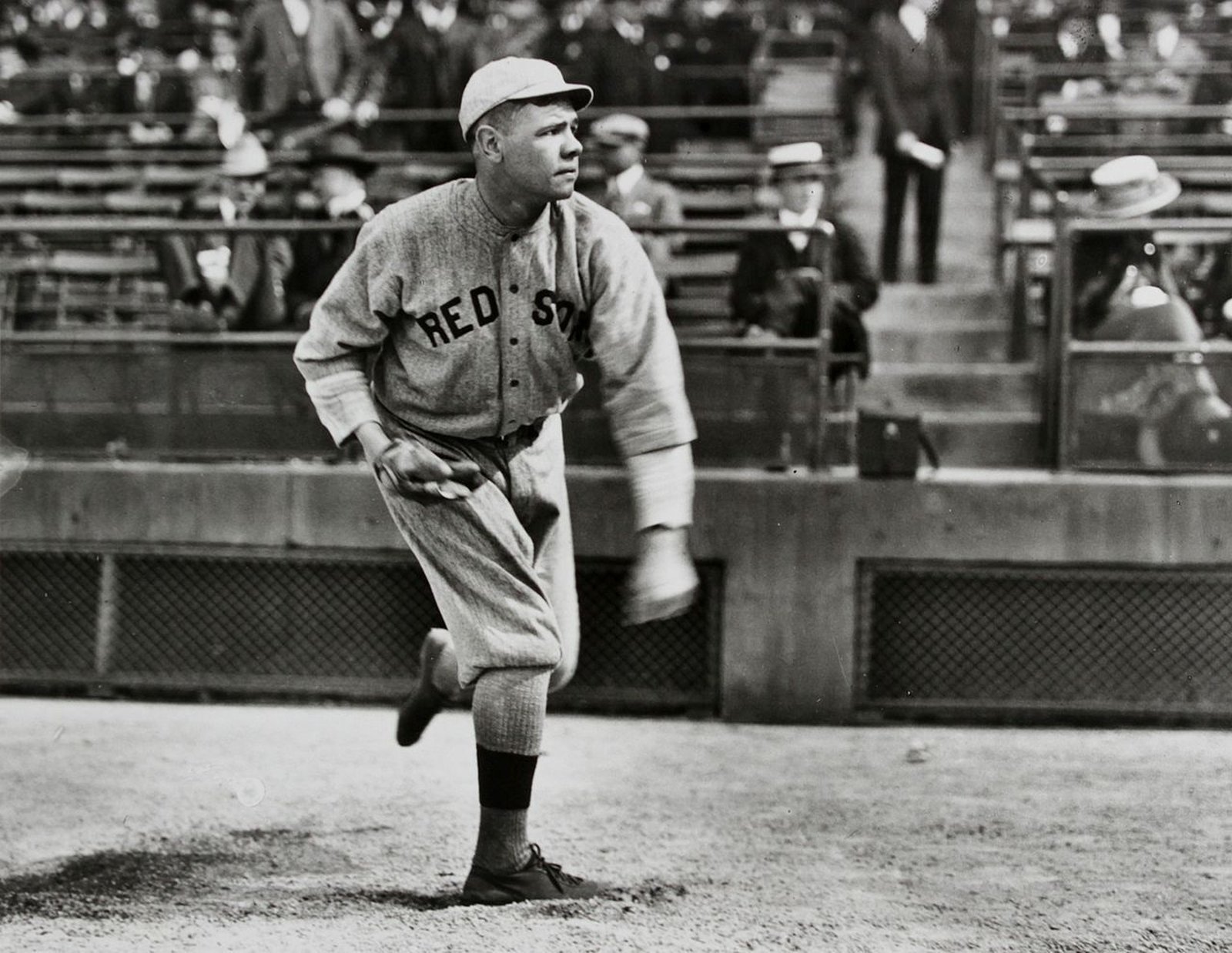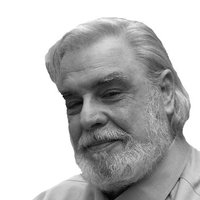It is a paradox of American life that a man who came from poverty, born in the slums yet achieved success, should be so moved by grace to contribute to more than 100 charities in order to alleviate the suffering, loneliness and anger of castoff youngsters and give them hope for the future. In a posthumous ceremony, the Presidential Medal of Freedom, given to individuals who have made outstanding contributions to American life and culture, was awarded such a man by President Donald Trump on Nov. 16, 2018.
His immigrant family lived in Pigtown, a poor, waterfront section of Baltimore. Born of German ancestry on Feb. 6, 1895, he and his sister Marnie were the only two of seven children to survive infancy. Speaking German at home, he and Marnie occasionally worked in their father’s combined grocery store/saloon.
It was a rough atmosphere, and his parents found it difficult to control their son. Frequently skipping school, he roamed the gritty streets near the dock, often getting into fights with other boys and throwing tomatoes at police officers. By 1902, only seven years of age, truancy officials designated him as “incorrigible.”
“Don’t get the idea that I’m proud of my harum-scarum youth. I’m not. I simply had a rotten start in life, and it took me a long time to get my bearings,” wrote a much older, more mature George Herman Ruth, Jr.
His parents thought he could be straightened out at St. Mary’s Industrial School, also in Baltimore. “[It] has been called an orphanage and a reform school,” Ruth later explained. “It was, in fact, a training school for orphans, incorrigibles, delinquents and runaways picked up on the streets of the city.”
The change was providential. St Mary’s was supervised by lay brothers of the Xavierian order who, with proper discipline and schooling, taught their boys various skills so they could find solid occupations when discharged. Young George, for example, was trained to be a tailor. Even in later life, he altered his own shirt-collars. At St. Mary’s, he sometimes cut out and tailored uniforms for the school’s 40 teams.
These teams, sorted by age, played ball on the school’s two baseball fields. Bro. Matthias Boutlier, a stern yet kindly 6-foot-6 Nova Scotian, was among the coaches. Recalling how he taught the boys how to play each defensive position on the diamond, George considered Bro. Matthias as good as any professional ballplayer, and reported seeing him bat a ball over 350 feet.
Fascinated, the boy encouraged the Xavierian to teach him how to throw, catch and hit a baseball. In due course, George decided on being a pitcher. He and Bro. Matthias became lifelong friends. Forever grateful to him and St Mary’s, George wrote, “So whatever I have at the bat or on the mound or in the outfield or even on the bases, I owe directly to Brother Matthias … the greatest man I have ever known and for the religious training I received there which has since been so important to me.”
When George was 19, the brothers contacted Jack Dunn, owner and manager of the then-minor league Baltimore Orioles. Impressed, Dunn signed him up. Because Ruth was under 21, Dunn became his legal guardian, causing the other players to good-naturedly razz the teen as “Jack Dunn’s baby,” or “Dunnie’s babe” soon becoming just “Babe.” Sports reporters followed suit, following the exploits of the young pitcher who could also bang out base hits.

The Babe was sold to the major league Boston Red Sox in 1914. Between 1915-19, he won 87 games. He asked to play outfield so he could play more games. On top of it all, Babe set a record by pitching 29 2/3 consecutive shutout innings in World Series play.
Controversy followed when the Sox traded Ruth to the New York Yankees despite his unheard-of total of 29 home runs in 1919, when entire teams hit only eight or 10 home runs in a season. Boston fans were furious, and the supposed “curse of the Bambino” was blamed for keeping the Red Sox from World Series play for 86 years.
In 1920, following the 1919 World Series, the Black Sox scandal broke and shook public confidence in organized baseball. Almost singlehandedly, Babe Ruth, now fully transitioned as an outfielder for the Yankees, rekindled enthusiasm for the game, exciting fans throughout the nation with his powerfully hit home runs.
At that time, baseball was a fielding game, players being taught the “Baltimore chop”: hitting the baseball down, to bounce or roll into the outfield. Bro. Matthias had used an uppercut swing, which the Babe adopted and made baseball history.
His first year with the Yankees, the Babe hit an astonishing 54 homers in one season. The following year, he hit 59. Six years later, he hit a walloping total of 60 home runs.
Fans everywhere took pleasure in watching the graceful staccato of his legs as the Colossus of Clout rounded the diamond. They cherished the sight of this Everyman jauntily doffing his cap as he approached third base to acknowledge the excitement, uproar and gracious applause of the crowd.
The Sultan of Swat was well-known as a member of the Knights of Columbus, but he never forgot his origins. Ruth donated time and money to the Boys Town community in Omaha, Neb., which took in orphaned, lost and abandoned boys. He was always ready to visit schools, orphanages and children’s hospitals, often without publicity.
His generosity to St. Mary’s knew no bounds. Again, he made sizeable donations and gladly showed up at fundraisers. The King of Crash always made himself available to children.
Sean M. Wright, MA, award-winning essayist, Emmy nominee, and Master Catechist for the Archdiocese of Los Angeles, is a parishioner at Our Lady of Perpetual Help in Santa Clarita. he answers comments at Locksley69@aol.com.











